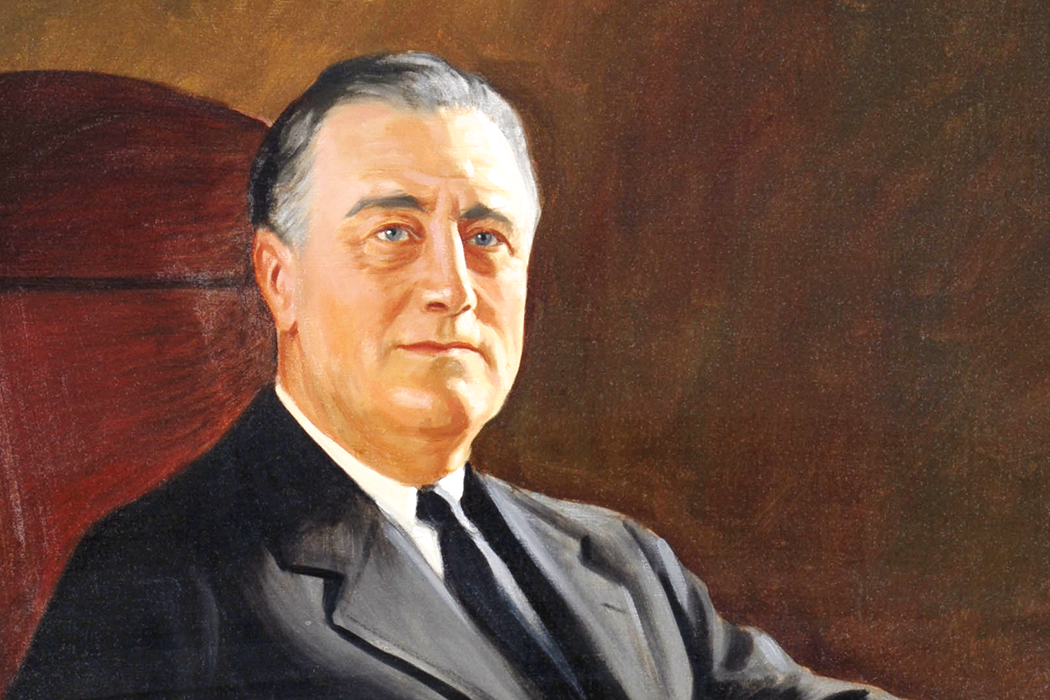President Donald J. Trump recently commented that the U.S. should take China’s lead and open the presidency to more than two terms. His political opponents reacted in horror, seeing it as another in a string of power plays by the incumbent shaking up American political tradition. The White House responded that Trump was joking. Still, many were not chuckling.
The Twenty-Second Amendment to the Constitution, proposed by Congress in 1947 and ratified by the states in 1951, confines any president to two elected terms. Proponents argued that the amendment was needed to ratify a sacred American tradition, begun by George Washington, that a president should step away from his duties after filling eight years. The only extension allowed is for a vice president who fills out a presidential term who then wins two election victories.
Opponents at the time argued that the amendment was a Republican reaction to Franklin D. Roosevelt, the only president ever elected more than twice. Roosevelt, who died April 12, 1945, had been elected to an unprecedented fourth term six months before. Republicans worried that another New Deal Democrat would monopolize presidential power for decades. Their concern was that incumbency granted presidents seeking unlimited terms a great advantage. For many Americans, particularly those who served in World War II and experienced the Great Depression, Roosevelt, who was first elected in 1932, was the only president they knew. Roosevelt’s critics argued that by running for a third term in 1940, he was violating a long and sacred American tradition limiting presidents to two terms. Historians argue, however, that was not the case.
Scholar Harry A. Bailey Jr. notes that the Founding Fathers considered term limits, and rejected the idea. He questions whether the two-term tradition, even a voluntary one, ever really existed. Most U.S. presidents served only one term, some rejected by voters and others voluntarily stepping aside. Before Roosevelt—who successfully argued in the 1940 election that threats in Europe and the Pacific required experienced leadership in a troubled world—the only president ever to seek a third term was the unsuccessful Ulysses S. Grant.
Weekly Digest
Other scholars point out that Washington himself never intended to establish a two-term precedent. Washington stepped away from a third term in large part because he was a reluctant president in the first place. He only accepted a second term because of political pleadings and pressure from allies such as Alexander Hamilton. By the end of his second term in 1796, Washington had grown weary of growing political partisanship and the growth of parties. According to Bruce G. Peabody, Washington never sought a third term because of these factors and his desire to signal his reluctance to extend his own political power, thereby ingratiating himself among his fellow Americans and enhancing his reputation.
While historians argue that the case of limited two-terms for presidents is a weak one, the concept is now embedded in the Constitution. Changing it would require a widespread clamor for a third presidential term that is at this point, absent a national crisis and a leader of strong bipartisan popularity, difficult to envision.







